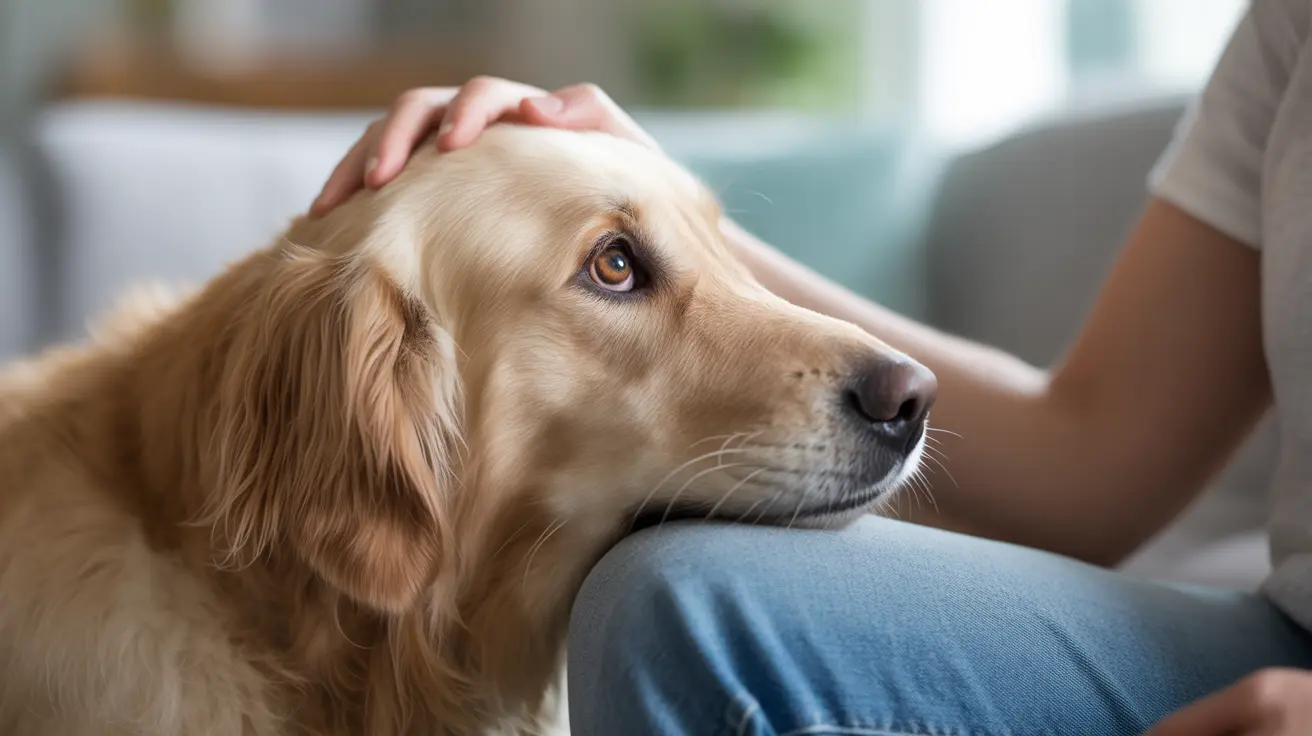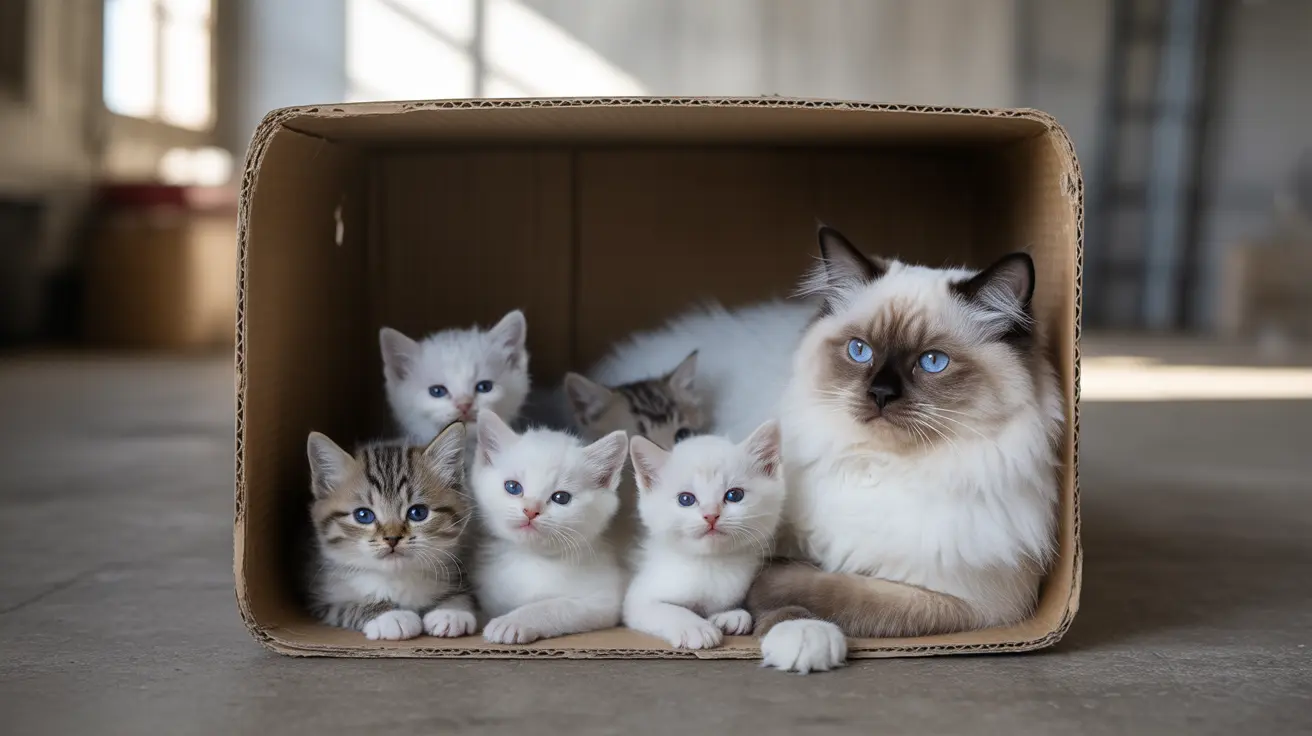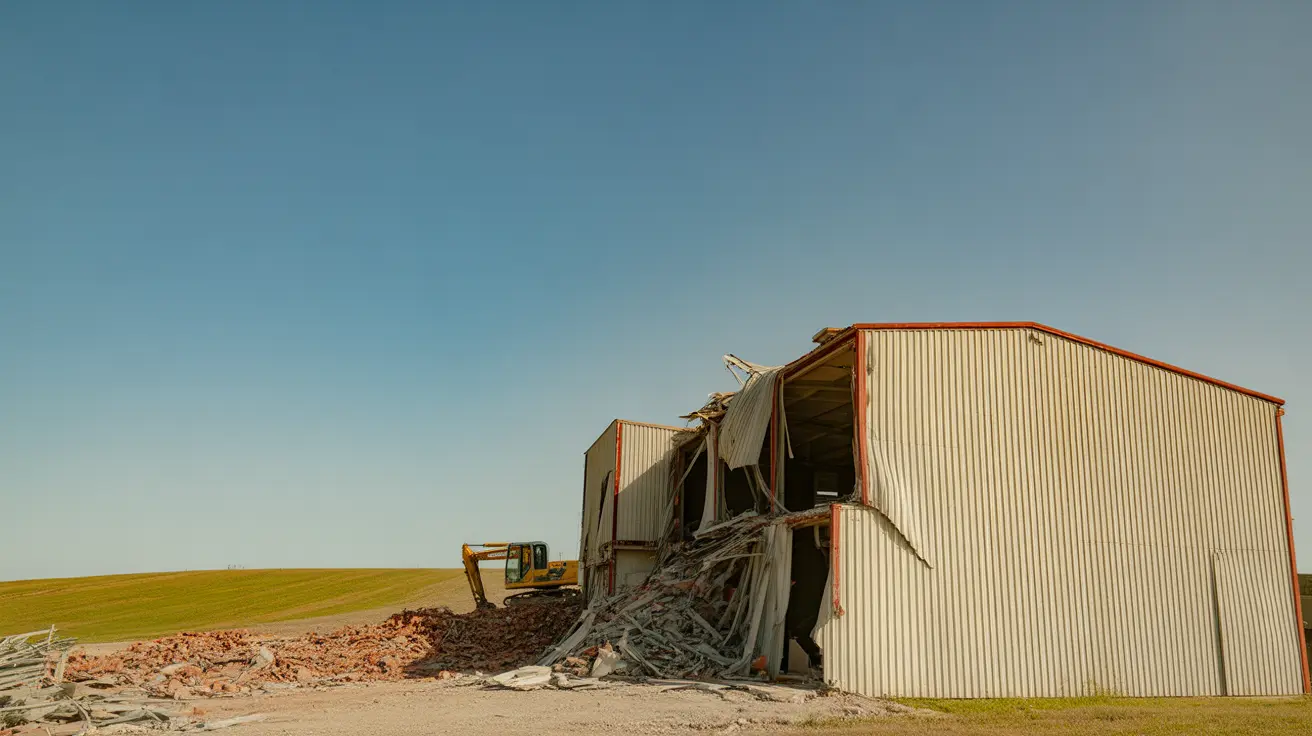Can Dog Poop Be Used as Fertilizer?
Many pet owners wonder if they can recycle their dog's waste by using it as fertilizer in the garden. At first glance, it seems logical—after all, cow manure is a classic soil amendment. But dog poop is fundamentally different from the manure of herbivores and presents unique challenges and risks.
Why Dog Poop Isn’t Like Cow Manure
Cows eat mostly plants, so their manure is rich in undigested plant fibers and nutrients that benefit garden soil. Dog waste, however, comes from an animal with a high-protein diet. This difference means dog poop is more acidic, and its nutrient profile doesn't match what most plants need. In fact, applying raw dog waste directly to your lawn or garden can harm your plants rather than help them.
Health Risks: Pathogens and Parasites
The biggest concern with using dog poop as fertilizer is the potential for disease transmission. Dog waste harbors bacteria and parasites such as:
- Fecal coliform bacteria
- Hookworms
- Roundworms
- Giardia
- Parvovirus
These pathogens can linger in the soil for months (sometimes longer), posing a risk to humans, especially children who play outside, and other animals. If you use untreated dog waste on edible crops, you risk contaminating your food supply.
The Problem of Odor and Soil Imbalance
Dog poop also smells worse than cow manure and holds onto its odor longer. Additionally, its high nitrogen content can throw off your soil’s nutrient balance, potentially burning or damaging plants instead of nourishing them.
If You Want to Compost Dog Waste: Strict Protocols Needed
You might have heard that composting can render dog waste safe for use in the garden. This is true—but only under very specific conditions:
- Separate Composting System: Never add dog poop to your regular compost pile. Use a dedicated bin or system.
- Sustained High Temperatures: The compost must reach at least 60°C (140°F) for three days straight to kill harmful organisms.
- Specialized Equipment: Most home composters don’t reliably reach these temperatures; municipal or commercial systems are safer options.
- No Edible Crops: Even after proper composting, only use this material on ornamental (non-edible) plants.
If you attempt home composting of dog waste (for example, in kennels), mix two parts dog waste with one part carbon-rich material like sawdust or shredded newspaper. Keep moisture at the level of a wrung-out sponge. Expect at least 6–8 weeks for active composting, followed by several months (sometimes up to a year) of curing before the material is stable.
Safety Guidelines for Composting Dog Waste
- Wear gloves when handling any materials related to dog waste.
- Avoid including feces from sick or medicated animals.
- Keep bins away from edible gardens, water sources, and play areas.
- Monitor temperature: Use a thermometer to ensure pathogen-killing heat levels are reached.
- If the compost still smells bad after processing time, let it decompose longer before use.
- The finished product should be dark, crumbly, and have an earthy smell—never foul or sharp odors.
Bins and Methods for Composting Dog Waste
You can make compost bins out of wire mesh (which allows more air circulation but less insulation), rigid plastic (better heat retention but less airflow), wood pallets, or tumblers. For larger piles, passive aeration with perforated pipes helps oxygenate without constant turning. Choose a method suited to your climate and available space.
Avoiding Health Hazards: Key Practices
- Confine all dog waste to its own area; don’t mix tools between regular compost and pet-waste bins.
- No access for children or pets; keep bins clearly marked and out of reach.
- Avoid using any material from unknown or sick animals—these may carry extra risks.
If You Can’t Compost Safely: Proper Disposal Matters
If you’re unable to meet strict safety standards for composting dog poop—or simply don’t want to take the risk—the best option is prompt collection followed by disposal in the trash or through approved pet-waste disposal systems. Some municipalities allow flushing small amounts down the toilet; check local rules before doing so.
The Environmental Risks of Using Untreated Dog Poop as Fertilizer
If you spread raw dog feces on your lawn or garden beds:
- You may contaminate groundwater or waterways with bacteria and excess nutrients.
- Your yard will likely smell unpleasant for days—or even weeks—after application.
- Your soil may become unbalanced due to too much nitrogen or acidity from the waste.
Sustainable Alternatives for Garden Fertilization
If you want healthy soil without health hazards:
- Plant-based composts: Kitchen scraps (vegetable peelings), leaves, grass clippings—all make excellent natural fertilizers when properly managed.
- Aged herbivore manure: Well-composted cow or horse manure adds nutrients safely when sourced responsibly.
- Purchased organic fertilizers: Many products are available that enrich soil without introducing pathogens found in carnivore feces.
The Bottom Line: When Is It Safe?
- Nobody should use raw or untreated dog poop as fertilizer on lawns, gardens growing food crops, or anywhere children play frequently.
- If you do compost it safely at high temperatures—and only apply it around ornamental shrubs—you’ll minimize risks.
- If in doubt about your system’s safety standards: stick with traditional plant-based composts or aged herbivore manures instead.
Your pets are wonderful companions—but their waste needs careful management if you care about healthy gardens and safe families!





